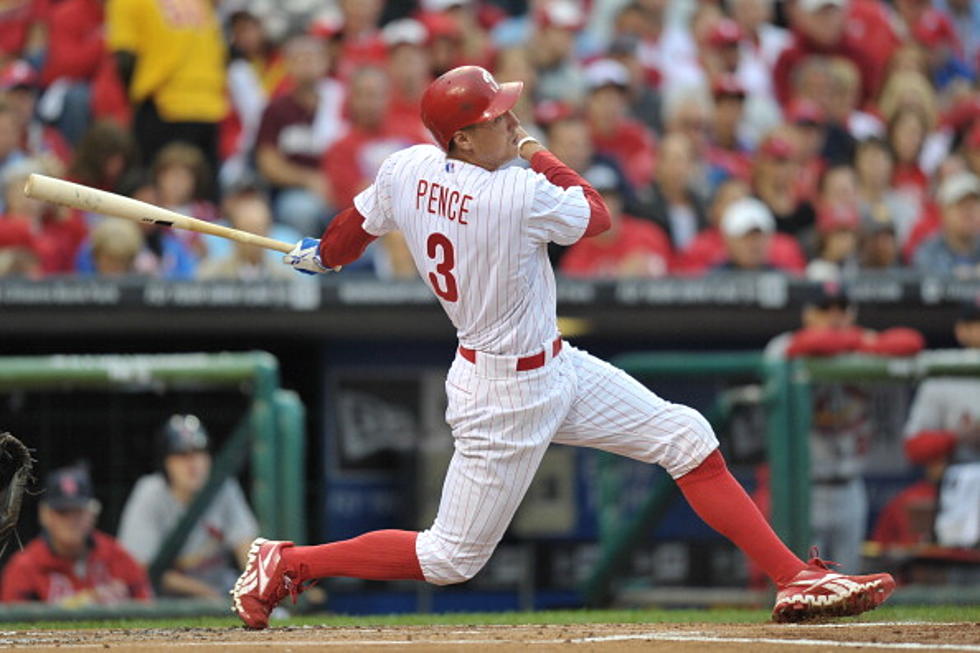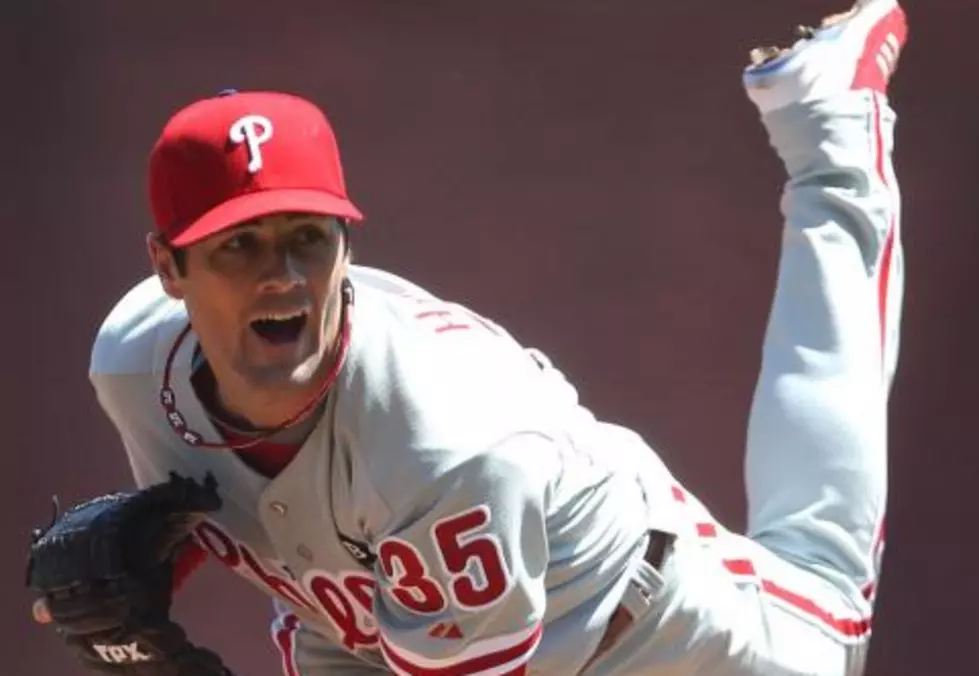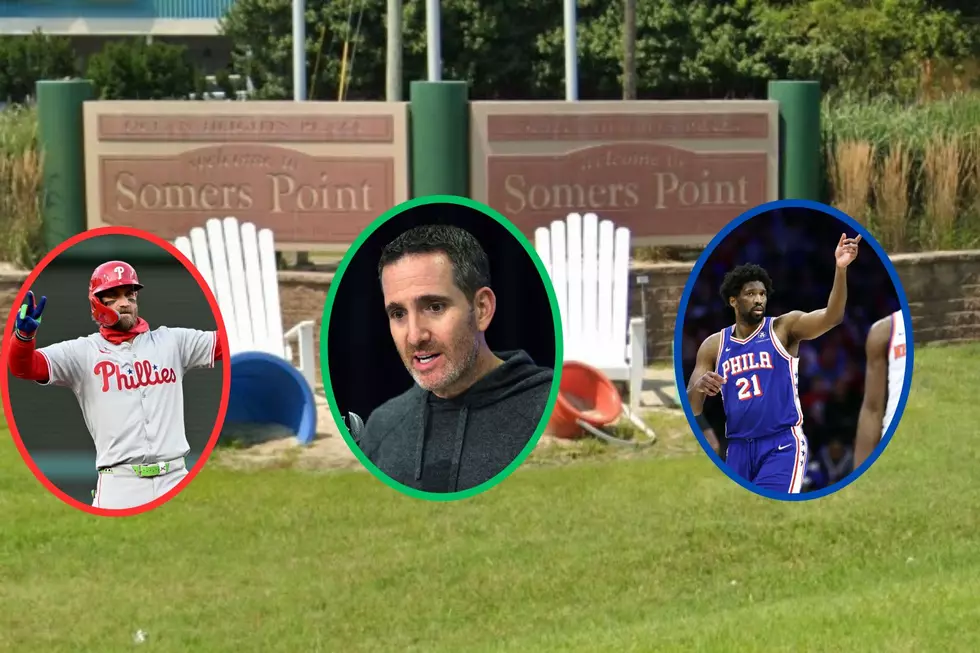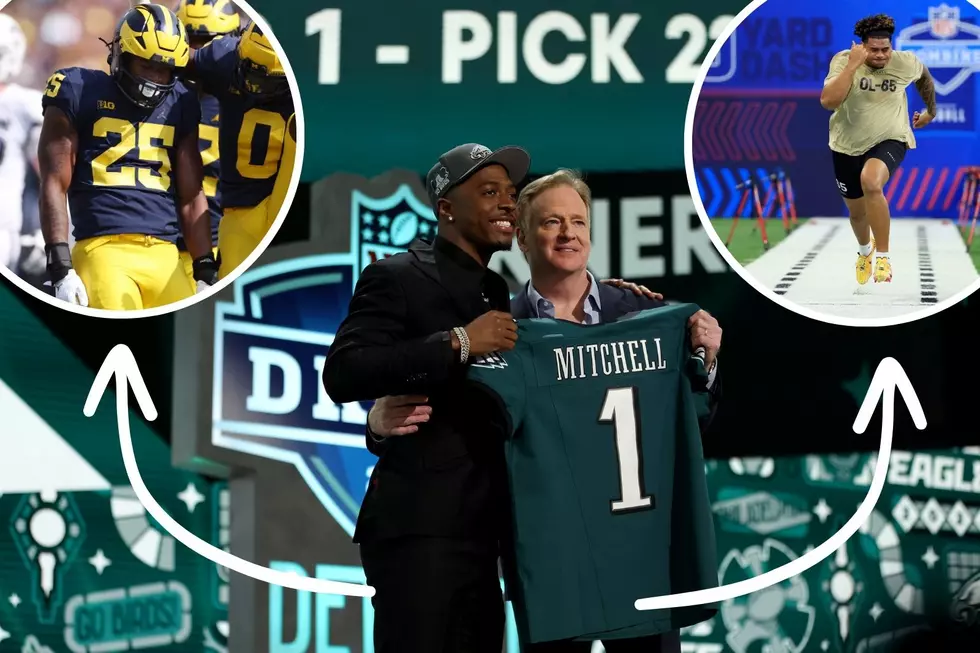
The Future of Cole Hamels
This Cole Hamels thing just got complicated.
You’d figure the complexity would be yet to come. With word that Hamels and the Phillies avoided arbitration with a one-year, $15 million tide-you-over-type deal should come relief.
The relief of no hurt feelings; how would you feel if your boss scrounged up reasons to diminish your worth, common during arbitration banter?
The relief of a problem postponed; chalk up some $50,000 and countless hours in savings, from the prepping costs of a hearing that won’t happen, and talks that have turned completely on the long-term .
This is anything but.
All that’s posed are questions. Uncertainty. Anxiety.
How much is Hamels worth?
Can the Phillies afford it?
Does Hamels even want to stay?
Might the Phillies feel forced to ship him out?
Peeling back the layers won’t find you any comfort either. With production and accomplishments like Hamels—a career 3.39 ERA and four-of-six years of sub-3.5 ERA stuff, and that 2008 World Series MVP—he’s likely to clean up on the open market. Maybe not the stuff of record books. But he’ll bust the bank, no doubt.
“As a free agent, you’re starting to talk about (C.C.) Sabathia money: seven years, $161 million,” Tom Verducci of SI told Mike Gill of 97.3 ESPN Radio South Jersey yesterday.
That only becomes more likely in the coming days, with Tim Lincecum on the cusp of becoming the fifth $20 million pitcher in history, following a wake set by Sabathia, Johan Santana, Roy Halladay and Cliff Lee, and blazing a green paper trail for Hamels. Last night, word broke that Lincecum’s camp offered the Giants $21.5 million in an arbitration hearing. San Francisco countered with a flimsy $17 million that won’t hold up.
That only inflates Hamels’ value, maybe beyond the Phillies budget.
Whether the team can’t spill into luxury tax spending or doesn’t want to, the organization has been clear about its intentions to keep it (relatively) cheap. You might scoff at that—the Phillies have spent their way up the MLB team payroll ladder from No. 13 in 2007 to No. 2 a year ago, almost doubling from $89.3 million to $172.9 million—but it’s reasonable to believe their pockets all stretched out.
“I think it’s going to be very difficult,” said Verducci. “(Re-signing Hamels) is going to be a squeeze no doubt.”
Think about it: Where’s the money supposed to come from? Save for $28.5 million in savings on Brad Lidge and Roy Oswalt—the team declined their options in October—the Phillies don’t have money coming off the books any time soon. And you can consider that money all but already spent, with a new deal Jonathan Papelbon (four years and $50 million) and a presumed future option for Roy Halladay ($20 million in 2014).
Then what? Without the profit potential of unsold tickets—the count on the consecutive home sellouts your fandom has funded is up to 204—what’s there to be optimistic about?
Is the team to increase ticket prices? On Aug. 1, the height of the summer and peak of an eventually record-setting regular season run, the average Phillies game ran fans for $69.39, according to SeatGeeks.com, the third-highest in the sport, behind only the Red Sox ($83.13) and Cubs ($77.38). Think the Philly faithful will go for that?
Is an upstart TV station (think: YES Network) really practical? The ceiling on expected inflows from a team-run network was set by the Yankees, whose 34 percent-owned regional sports channel pulled $400 million in revenue in 2011. True, even broaching that ballpark would give the Phillies money to buy Hamels three times over.
But what’s the likelihood of such a power move, especially in time to make Hamels happen?
The Phillies have one more year left on their cable deal with PHL 17, and their agreement with Comcast ends in 2015, the sum of which were worth $24 million a year ago. That number is bound to climb; the Rangers new TV deal with Fox Sports Southwest will pay out $75 million per year in a market that can’t touch the ratings of a Big 4 like Philadelphia.
Even then: If a boost for Texas wasn’t enough to land the Rangers C.J. Wilson, what’s to think something similar (and something later) guarantees Cole Hamels to the Phillies?
When Hamels does hit the market … What? Still holding out hope that he’ll sign an extension? Even now, this far into the process and this near to free agent waters?
That’s unlikely.
Said Law: “I think once you get this close to free agency, and you’re a player of Hamels’ caliber, you probably want to just get to free agency.”
And why wouldn’t he? Remember: It’s not this often that players that good make it this far. Most coveted players, top pitchers especially, settle for extensions well before buyers get a chance to bid. Take Jered Weaver, for instance, who agreed to nestle in Los Angeles with the Angels for five years and $85 million. You have to believe with the Yankees, Red Sox and Cubs—all high rollers, all (if you count the Cubs and count on its new brain trust) viable, all desperate for starting arms, all itching for a lefty—Hamels has the opportunity to get what Weaver didn’t.
And that doesn’t even include the Dodger Effect. Remember: The once-hallowed franchise is about to get solvent and relevant, and quick. When it does, what the Dodgers offer as a destination—competitiveness, promise, opportunity of a weak division, excitement of a reclamation project, weather, lifestyle—rounds out everything on every ball player’s wish list.
“Let’s face it: the landscape is going to change next winter when the Los Angeles Dodgers become a big player,” said Verducci. “Knowing Cole is from Southern California, why not at least see what the options are at the end of the season.”
And then there’s that.
Some aren’t as sold on Hamels affinity to his roots. Said Comcast SportsNet’s Jim Salisbury: “If its’ the perception that he wants to play in Southern California, it’s probably wrong,” alluding to the stars that aligned in 2002, when the San Diego Padres could’ve taken him in the player draft, and Hamels’ happiness that they didn’t.
“He’s flat-out said he’s happy they didn’t take him.”
But that was then, with one franchise bound for a 66-96 (last in NL West) finish. What’s to say that’s not different now, with the Dodgers? What’s to exclude the rest of the sport?
“If I’m any other club looking at a potential free agent starter, I’m looking at Hamels,” said Law.
Starting to make some of the deals Amaro swung sting. That $125 million deal through 2016 for Ryan Howard hurt bad enough on the last pitches of the Phillies last two seasons. That’s like salt in the eyes now.
“I wasn’t a fan of the Howard extension the day it was signed,” said Law. “But it looks a lot worse now.”
But that’s not even the worst of it. What if talks between the sides stall? What if the Phillies chances slip? What if 2012 goes the other way, and the team is coasting easier than it did all through 2011?
Could an imperfect storm converge on an ultimatum: trade Cole Hamels or lose him for nothing?
“I would say that that’s ridiculous, but they traded Cliff Lee in less dire circumstances,” said Law. “I suppose it’s possible.”
Needless to say: This Cole Hamels thing just got complicated
More From 97.3 ESPN



![Will the Phillies Lose Cole Hamels [AUDIO]?](http://townsquare.media/site/399/files/2012/01/122975428.jpg?w=980&q=75)
![The Future of Cole…[AUDIO]](http://townsquare.media/site/399/files/2011/12/cole.jpg?w=980&q=75)




